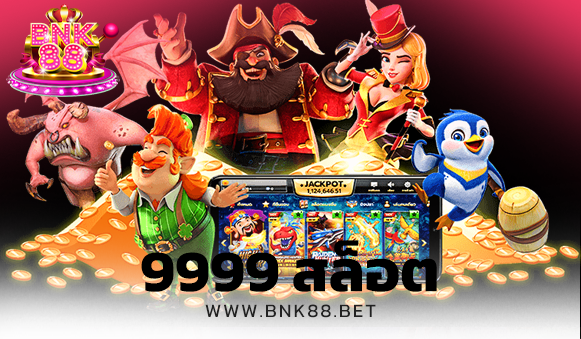
Menu

การเล่น สล็อต เครดิตฟรี ผ่านเว็บของเรา คุณสามารถเล่นสล็อตบนโทรศัพท์มือถือของคุณได้ทุกรุ่น สามารถเล่นได้ทุกที่ทุกเวลาที่คุณต้องการ เนื่องจากเว็บไซต์ของเราเป็นเว็บไซต์เกมสล็อตมาตรฐาน โดยการเล่นสล็อตทั่วไป จะแบ่งการเล่นออกเป็นสล็อต 3 รีล และสล็อต 5 รีล มาเริ่มกันที่เกมที่เล่นง่ายที่สุด สล็อต 3 รีลพร้อมเพย์ไลน์เดียว หมายถึงมีช่องจ่ายเงินเดียว มีสัญลักษณ์บนวงล้อไม่มาก ช่วยให้ผู้เล่นเข้าใจกฎพื้นฐานได้อย่างรวดเร็ว สมัยก่อนมีคันโยกสำหรับดึงเพื่อให้วงล้อหมุน ที่มักเรียกกันว่า สล็อตแมชชีน แต่ทุกวันนี้แค่แตะหน้าจอมือถือก็เท่ากับกดปุ่มเล่นแล้ว เว็บไซต์ของเรามีระบบเดิมพันมือถือที่ผู้เล่นสามารถเล่นเกมสล็อตออนไลน์ในหมวดคาสิโนออนไลน์ได้ทุกที่ทุกเวลา ทำให้เกมเล่นง่ายมากขึ้น หยิบสมาร์ทโฟนและอุปกรณ์มือถือขึ้นมากดเล่นเกมสล็อตได้ทันทีที่คุณต้องการ ออกแบบเว็บสายเทา สล็อต
สำหรับเกมสล็อต 5 รีลและแบบอื่น ๆ มีวิธีในการเล่นเกมสล็อตบนมือถือที่ไม่ต่างกัน เพียงเพิ่มความซับซ้อนที่เพิ่มโอกาสในการลุ้นรับรางวัลมากขึ้น เช่น เครื่องหมายเสรี เครื่องหมายกระจาย รวมทั้งมีฟีเจอร์โบนัสที่เล่นได้สนุกและรับรางวัลตอบแทนมากขึ้น มีทั้งฟรีสปิน ตัวคูณเงินเดิมพัน การทายเกมไพ่ การฝึกฝนเล่นบ่อย ๆ จะเพิ่มโอกาสชนะรางวัลทำกำไรสูงเลยทีเดียว เล่นสล็อตออนไลน์ผ่านเว็บของเราเล่นได้ง่าย ๆ ทำกำไรได้จริง เพียงแค่มีมือถือเครื่องเดียวก็สามารถเล่นสล็อตเพื่อทำเงินให้กับตัวเองได้แล้ว สนใจเล่นสล็อตออนไลน์มือถือผ่านเว็บของเราเข้ามาร่วมสนุกกับเราได้เลย แล้วคุณอาจจะกลายเป็นเศรษฐีคนต่อไปได้ง่าย ๆ ด้วยมือถือเครื่องเดียว
เทคนิคการเล่น หรือที่นิยมเรียกอีกชื่อหนึ่งว่า สูตรการโกง นั้นมีขั้นตอนหารเล่นอย่างไรในเกมออนไลน์ และเทคนิคการเล่นเหมะกับนักพนันมือใหม่ที่เพิ่งเริ่มเล่นเกมแต่ละเกมนั้นมีการเล่นที่แตกต่างของแต่ละเกมออกไป นักพนันที่เริ่มเล่นควนที่จะศึกษาการเล่นขั้นพื้นฐานหรือทดลองเล่นก่อนเพื่อเป็นแนวทางการเล่นในรอบต่อไปและง่ายในการเล่น
ทำไมเว็บพนันถึงรวบรวมสล็อต บอล เกมกีฬา เกมเดิมพันครบวงจรมามอบให้แก่สมาชิก
ส่วนหนึ่งก็เพื่อสนับสนุนให้สมาชิกได้มีโอกาสเล่นเกมที่อยากเล่นได้ เช่น สล็อต บอล รูเล็ต บาคาร่า ฯลฯ บนแพลตฟอร์มแพลตฟอร์มเดียว ไม่ต้องโยกย้ายเงินหรือโยกย้ายบัญชีให้เสียเวลา อีกทั้งยังเป็นสิ่งที่ทำให้คุณสามารถเลือกได้อย่างอิสระว่า อยากทำเงินจากเกมไหนได้มากที่สุด หรือทดลองเล่นด้วยตัวเองเพื่อหาเกมที่มีโอกาสในการทำกำไร และทำตามเป้าหมายที่วางเอาไว้ได้ ซึ่งความหลากหลายก็จะทำให้คุณสามารถตัดสินใจได้อย่างละเอียดรอบคอบมากยิ่งขึ้นว่า ก่อนที่คุณจะสมัครสมาชิกนั้นควรเล่นเกมไหนมากที่สุด ซึ่งทางผู้ให้บริการนั้นมีให้คุณทั้งรูปแบบเล่นเงินจริง และทดลองเล่นเพื่ออำนวยความสะดวกให้สำหรับคนที่มีข้อจำกัดในเรื่องของเงินเดิมพัน หากมีเงินทุนน้อยและยังไม่กล้ารับมือกับความเสี่ยง ก็สามารถเลือกระบบทดลองเล่น หรือหากอยากเล่นทำกำไรและสามารถรับมือกับความเสี่ยงได้ดีแล้ว ก็แค่เลือกเล่นเกมเงินจริง
เทคนิคเล่นเกมสล็อตผ่านเว็บคาสิโนเล่นอย่างไรให้ได้เงิน
สล็อต เป็นสิ่งที่สามารถสร้างรายได้ได้จริง หากคุณมีเทคนิคการเล่นที่ถูกต้อง
ตัดไฟตั้งแต่ต้นลม
วิธีการนี้ใช้เพื่อให้คุณตระหนักได้ถึงความสำคัญในการเล่นโดยเฉพาะเป้าหมายที่คุณตั้งใจไว้ เนื่องจากเกมสล็อตออนไลน์ เสี่ยงต่อการเกิดการติด และฝืนทำการเดิมพันต่อ ทั้งที่พบว่า คุณเริ่มเสียทั้งเงินทุนและกำไรไปทีละนิดทีละนิด คือ เมื่อเห็นว่า สถานการณ์เริ่มเป็นไปในทิศทางแย่ลง คุณจะต้องหยุดทำการเดิมพันในทันที และถอนเงินออกจากบัญชีโดยเร็วที่สุด ไม่เช่นนั้นคุณอาจจะเข้าไปเล่นต่อจนหมดตัว
เน้นหนักในช่วงแรก
สล็อตออนไลน์เว็บเรา เป็นเกมที่คุณจะมีโอกาสทำกำไรมากที่สุดในช่วงเข้าเกมประมาณ 10 – 20 นาทีแรก เพราะตัวเกมจะทำให้คุณเชื่อว่า เล่นเกมสล็อตออนไลน์นั้นมีโอกาสทำเงินได้จริง ๆ แต่เมื่อผ่านไปสักระยะคุณเริ่มตายใจ ระบบการออกรางวัลจะเริ่มสุ่มน้อยลง ทำให้คุณมีโอกาสขาดทุนมากกว่าการทำกำไร หากเล่นต่อในระยะยาว ดังนั้นเพื่อเอาชนะคุณควรเลือกเน้นทำกำไรในช่วงแรกจะดีที่สุด

สล็อตซื้อฟรีสปิน สิทธิพิเศษที่คอสล็อตออนไลน์มือใหม่ไม่ควรพลาด
เมื่อนักพนันสนใจอยากเล่นสล็อต แน่นอนว่าจะต้องพกเงินเงินทุนมาจำนวนหนึ่ง เพื่อใช้สำหรับแลกชิฟหรือเครดิตไว้ใช้สำหรับเดิมพัน จากนั้นจึงจะมีสิทธิ์หมุนเล่นได้ตามที่กติกากำหนดเอาไว้ แต่หากคุณสามารถเข้าเล่น สล็อตซื้อฟรีสปิน ได้ โดยที่ไม่จำเป็นต้องเสียเงินเลยแม้แต่บาทเดียวก็นับว่าคุ้มค่าไม่น้อย
สล็อตซื้อฟรีสปิน ถือว่าเป็นบริการใหม่ที่มาแรงสุดในปีนี้เลยก็ว่าได้ โดยเป็นสิทธิพิเศษซึ่งทางเว็บสล็อตออนไลน์ สามารถเข้าเล่นฟรีได้โดยที่ไม่จำเป็นเสียเงินทุนของตนเองเพื่อวางเดิมพัน ฟังดูแล้วอาจจะเป็นเพียงแค่โฆษณาชวนเชื่อ แต่นี่คือบริการรูปแบบใหม่ที่มีการรับรองจากนักพนันมืออาชีพทั่วโลก เพราะพวกเขาต่างเคยได้รับฟรีสปินและสามารถนำมาเข้าเล่นจนทำเงินกันไปมากมาย
เพื่อความเข้าใจมากขึ้น บทความนี้จึงได้มีวิธีรับสิทธิ์ สล็อตซื้อฟรีสปิน ใน 3 ขั้นตอนมาฝากทุกท่านกัน แม้ว่าจะเป็นมือใหม่ที่ไม่เคยมีประสบการณ์เล่นผ่านเว็บไซต์มาก่อนก็สามารถทำตามขั้นตอนได้ ดังนี้
1. เลือกช่องทางสมัคร
ปัจจุบันทางเว็บเปิด สล็อตซื้อฟรีสปิน ให้สมัครผ่านทางไลน์ LINE-ID, QR code, ทางหน้าเว็บไซต์ หรือทางเบอร์โทรศัพท์สายตรง ฉะนั้นให้เลือกตามความสะดวกของผู้เล่นเป็นหลัก ซึ่งจะพบกับแอดมินคอยต้อนรับอยู่ตลอด 24 ชั่วโมง
2. กรอกข้อมูลให้ครบ
ผู้เล่นจำเป็นต้องใช้ข้อมูลส่วนตัวส่วนหนึ่งสำหรับเข้าเล่น สล็อตซื้อฟรีสปิน อาทิเช่น ชื่อ-นามสกุล, LINE-ID, เบอร์โทรศัพท์, เลขที่บัญชี, ชื่อบัญชี หรือข้อมูลอื่น ๆ ตามความเหมาะสม เป็นต้น
3. รอเจ้าหน้าที่ตรวจสอบข้อมูล
หลังจากทำการยืนยันเรียบร้อยแล้ว ทางแอดมินจะใช้เวลาตรวจสอบข้อมูลทั้งหมดไม่เกิน 5 นาที หลังจากนั้นผู้เล่นจะได้รับ username, password และที่สำคัญเลย คือ ฟรีเครดิตที่ใช้สำหรับเล่น สล็อตซื้อฟรีสปิน นั่นเอง ถือว่าเป็นวิธีการที่ง่าย สะดวกสบาย และไม่มีซับซ้อนอย่างที่หลายคนเข้าใจผิดกัน
โดยบริการซื้อฟรีสปินนี้ ผู้เล่นสามารถนำไปใช้เข้าเล่นเกมสล็อตได้ทุกชนิด ทุกแบบ และทุกเวลา ไม่มีจำกัดขั้นต่ำหรือเงินรางวัลมากวนใจแต่อย่างใด แนะนำว่าเพื่อโอกาสทำเงินที่สูงขึ้นจึงไม่อยากให้คุณพลาดสิทธิพิเศษดี ๆ แบบนี้ไป ควรเข้ามาสมัครสมาชิกกันได้เลยตั้งแต่วันนี้ ออกแบบเว็บไซต์สายเทา
บทความ

จากความนิยม สล็อต เครดิตฟ
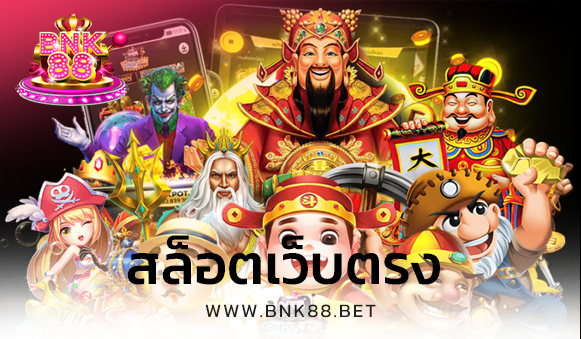
สล็อตเว็บตรง ให้ความสนุกก

เปิดประสบการณ์เล่นสล็อตออ
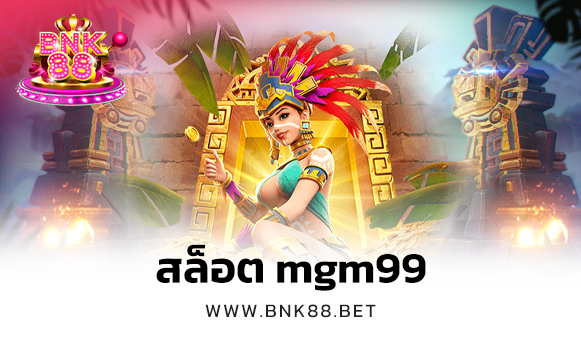
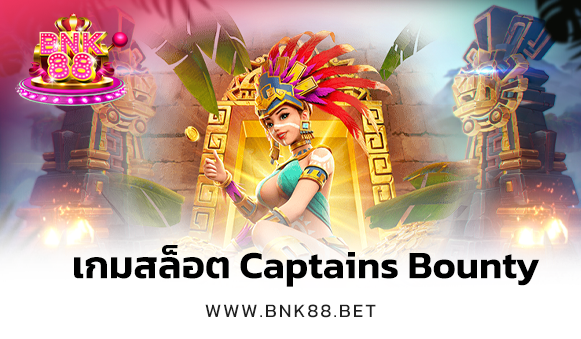
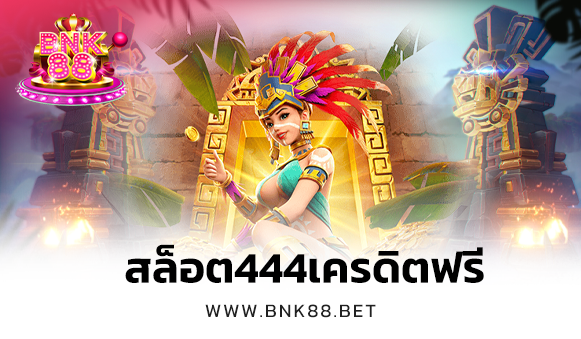
การพิจารณาถึงเปอร์เซ็นต์ใ
ช่องทางชำระเงิน
ติดตามข่าวสาร
ลิขสิทธิ์

© Copyright 2024 kingofpower.net All Rights Reserved.
ระบบฝาก-ถอนอัตโนมัติ ความปลอดภัย 100% สมัครเลย